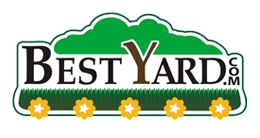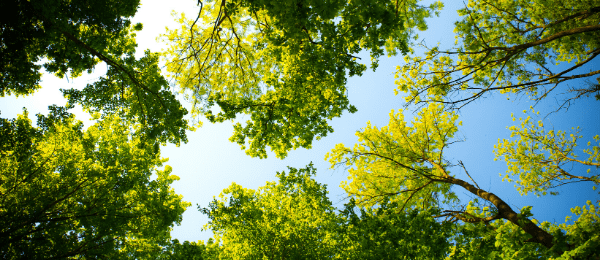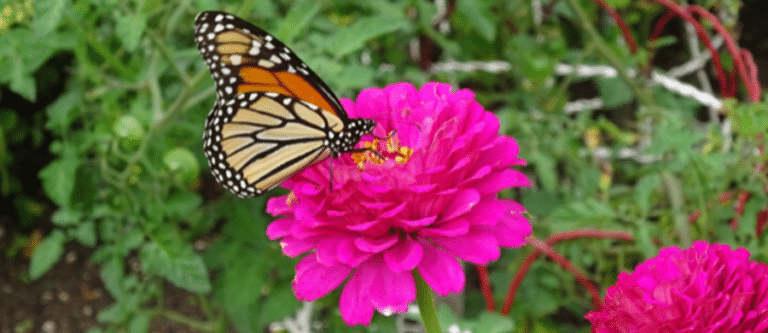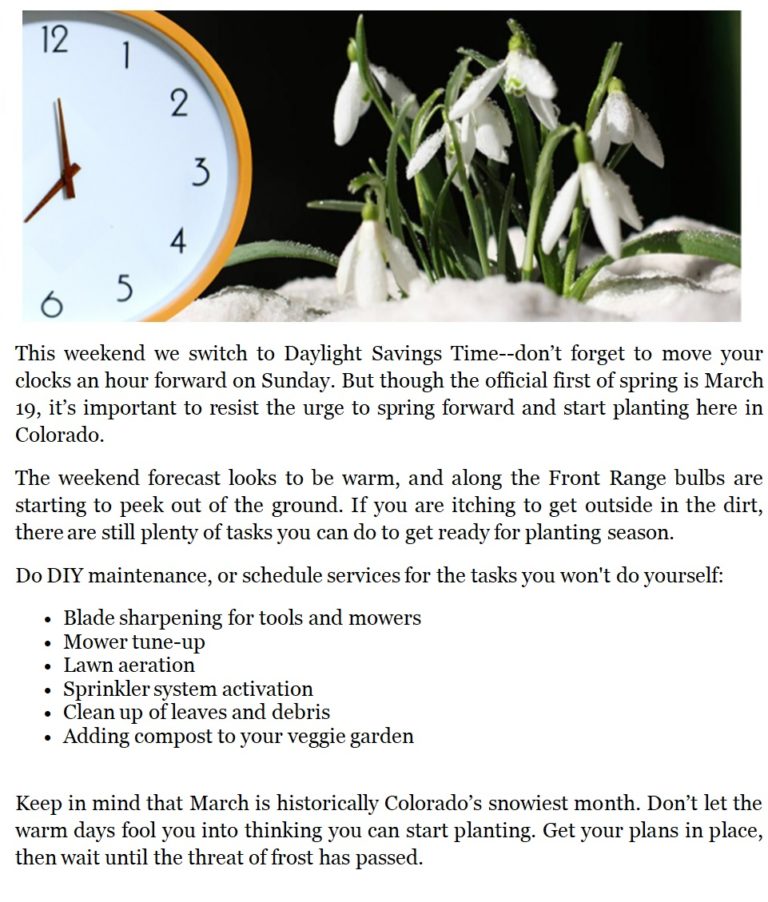In this week’s post, we have shared five tips to start your garden.

Successful gardening doesn’t have to be complicated or exotic. As with many endeavors, keeping the process simple and grounded in the basics pays off. This week we’re sharing five tips to start your garden off right.
1. Choose wisely. Know how many plants you can grow in the space you have. Avoid the temptation to over purchase.
2. Count the days. Make sure plants have time to grow to maturity. Seed packets tell the number of days until harvest. If you plant later than recommended, buy varieties with fewer days until harvest.
3. Nourish the soil and plants. Growing plants—especially vegetables—have big appetites and need nourishment from the soil. Apply several inches of compost and till or spade it into the soil prior to planting. Apply slow-release fertilizer during the growing season per label guidelines.
4. Plant in sunny areas. Veggies and herbs love sunshine. Shaded areas will be less productive.
5. Space plants by their needs. An over-crowded garden is less productive. Rely on seed packet info for proper spacing between seeds when planting. Leafy greens can grow more closely together, but tomatoes and other larger plants need space for air circulation and to keep them from being shaded by nearby plants.
Once you’ve got the garden planted later this month, we’ll share five more tips for keeping your plants thriving all season.
Click “DO IT FOR ME” to request a FREE quote.

























